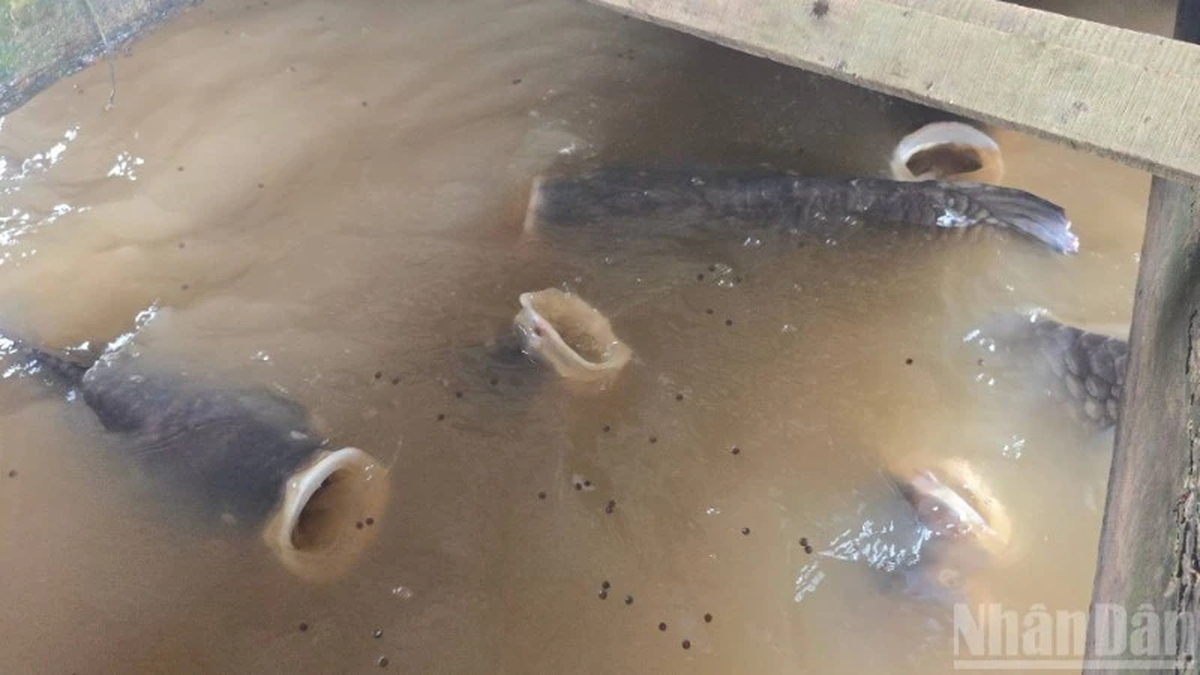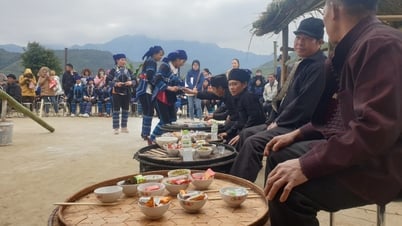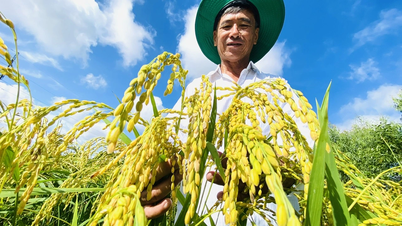Many people believe that rhino horns can cure all diseases, so they are very expensive and hard to find. Is this true or false? (Le, 60 years old, Phu Tho )
Reply
In fact, rhino horn is highly sought after in Asia, especially in Vietnam and China, due to the influence of traditional medicine, which believes that this part can reduce fever, cure nosebleeds, clear heat, and detoxify.
A 2022 Vietnamese consumer behavior survey by the Endangered Wildlife Project, focusing on five key species including elephants, rhinos, pangolins, tortoises, and freshwater turtles, found that 8% of 863 respondents admitted to using or purchasing products made from rhinos, elephants, or pangolins in the past 12 months. Additionally, 8% said they intended to purchase these products in the future.
One of the reasons consumers use rhino and pangolin products as medicine is because they believe they can cure diseases, especially incurable diseases such as cancer; or help sober up, increase male strength. Others consider using these products a way to show class and status because they are very rare and valuable.
However, there has been no research proving that rhino horn or pangolin has the above effects. Scientists have "dissected" rhino horns and discovered that they have a tubular structure connected together. This structure is similar to the structure of bird beaks and horseshoes. The surface of rhino horns is a hard keratin shell. Keratin is a fibrous protein found in human hair, fingernails, animal claws, and horse hooves. The internal structure of rhino horns is a dense mass made up of calcium and melanin. Thus, rhino horns do not have the medicinal value as rumored.
In fact, many cases of poisoning due to consumption of this product have been recorded in the medical field. For example, in 2022, Children's Hospital 2 (HCMC) received emergency treatment for a 22-month-old patient who was poisoned after drinking powder ground from rhino horn to reduce fever.
Over the past 20 years, Vietnam has seen 10 rare wildlife species become extinct, including the one-horned rhinoceros, two-horned rhinoceros, and the lilac crocodile... People need to protect wild animals and plants, and minimize the purchase, transportation, and consumption of products from these animals.
Ms. Bui Thuy Nga, Senior Program Manager, TRAFFIC (Vietnam wildlife trade monitoring network)
Source link































![[Photo] National Assembly Chairman Tran Thanh Man visits Vietnamese Heroic Mother Ta Thi Tran](https://vphoto.vietnam.vn/thumb/1200x675/vietnam/resource/IMAGE/2025/7/20/765c0bd057dd44ad83ab89fe0255b783)




































































Comment (0)